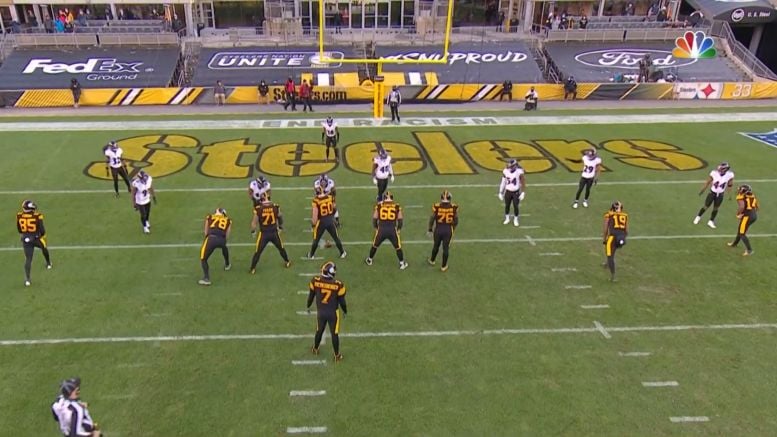It was a no-brainer predicting the Pittsburgh Steelers’ offense would improve with Ben Roethlisberger returning in 2020. And it did in obvious ways. The Steelers had something resembling an offense, though over the last quarter of the season, sometimes it felt like they didn’t.
One key metric we talked plenty about after the 2019 season and leading into 2020 was the Steelers’ red zone offense. One of the best things Randy Fichtner did in his time as offensive coordinator was help turn Pittsburgh into the #1 ranked red zone offense in 2018. Not only were they best in the league that year, they were the best red zone offense in about 15 seasons. But things quickly fell apart once Roethlisberger’s season ended six quarters into 2019, sending the red zone offense spiraling to worst in football.
So how did things fare in 2020?
Better. You could’ve guessed that. But not quite were you want it to be.
Pittsburgh ended the season with the 11th best ranked red zone offense, finding the end zone 63.5% of the time. Like most aspects of their game, they were better during their undefeated streak before faltering at the end.
Red Zone % (First 11 Games): 65% (26/40)
Red Zone % (Final Five Games): 58.3% (7/12)
So what should be the 2021 goals? There’s plenty of great offenses in football, just look at whose left in the playoffs (three of the top four scoring offenses are playing Sunday) but I’d like this offense to get near or crack the top five. Based on 2020 numbers, that would put Pittsburgh around a 70% success rate.
That will be one of the new offensive coordinator’s challenges, just as it was for Fichtner when he took over. To me, coaching is most reflective in situational football. Two key areas. The start of games, the opening script, and the red zone. Where the field gets condensed, windows get tight, and scheme to leverage and get guys open becomes even more critical.
But make no mistake. Personnel matters too. Red zone effectiveness is a compelling case to retain JuJu Smith-Schuster and holding onto Eric Ebron, whose name has been floated as a cap casualty. The two combined for ten of the Steelers’ 21 red zone receiving scores this past season.








